You’ve probably heard of clean beauty. It began as a mere buzzword but has now turned into a much larger movement, with clean beauty set to dominate the skincare and beauty industry.
However, what is this trend all about? Are clean beauty products truly superior or is there a darker side to this trend that people aren’t aware of? That’s exactly what Introstem will be taking a closer look at today.
What Exactly is Clean Beauty?
‘Clean beauty’ is an unregulated term, meaning that there isn’t one single definition to describe it. However, in general, the concept refers to beauty products that contain ‘clean’ ingredients. This refers to ingredients that are not only safe and beneficial for a person’s skin and health, but also for the environment too.
For some brands, this means completely shunning anything synthetic. However, other clean beauty products still make use of synthetic ingredients, provided they are deemed to be safe and ethical.
Where Did This Trend Come From?
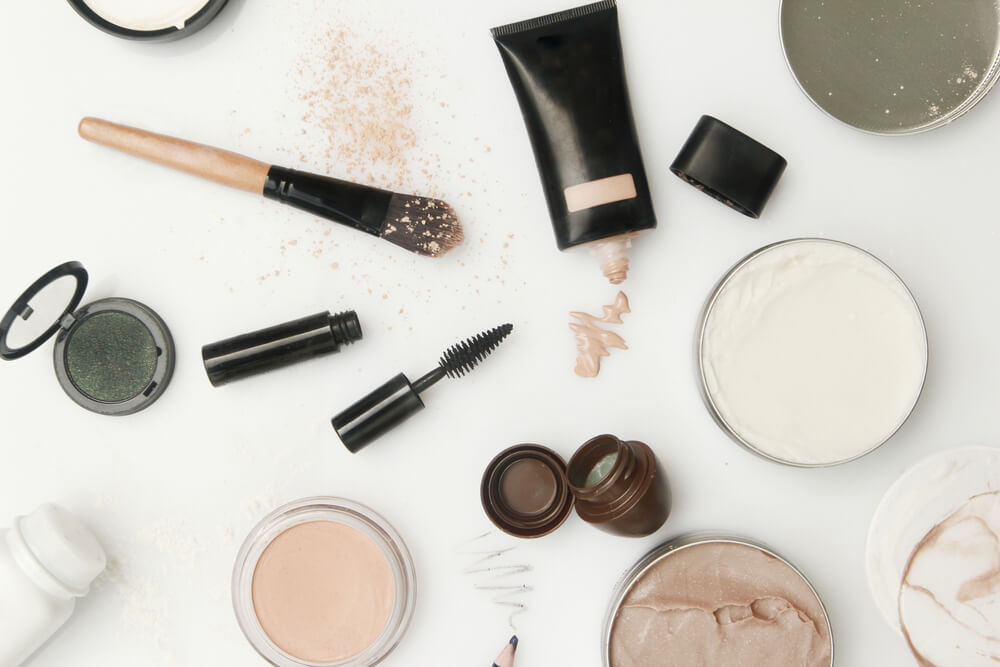
The clean beauty concept has been around for a while, but it really took off during the pandemic. People were spending an increasing amount of time at home, which led to them reevaluating many of their lifestyle choices. They started learning more about what they were putting onto their skin, and therefore into their bodies.
It didn’t take long before people started to realize that many of the ingredients in the beauty products that they were currently using were toxic in some way. From parabens to sulfates, consumers started to recognize the health and environmental impacts that their choices were having. This resulted in more and more people seeking out clean beauty products. Of course, it didn’t take long for brands to respond to this. This led to an increasing number of clean beauty products flooding the market.
Although the pandemic is now winding down, many consumers chose to remain on the clean beauty track. Statistics show that the clean beauty market is set to grow by 12% in the next five years, which is impressive for a segment that barely existed just a few years ago.
The Benefits of Clean Beauty
It’s easy to see how consumers would benefit from choosing clean, rather than toxic, beauty products. However, the perks of the clean beauty trend run deeper than that…
Ingredient Awareness
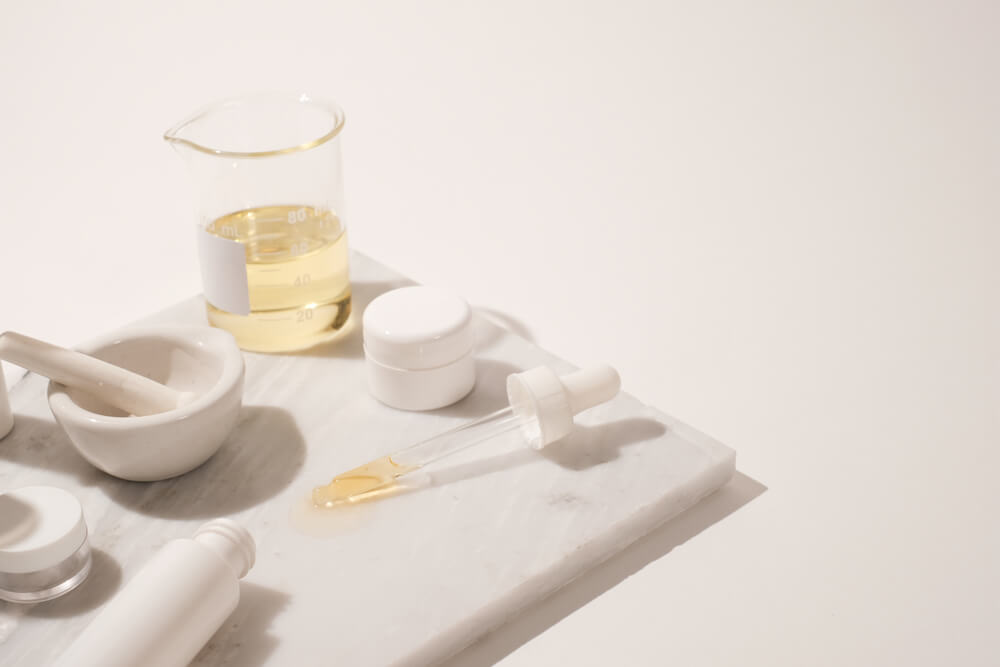
One of the biggest advantages to come from this movement is the new awareness that people now have when it comes to product ingredient lists. This was something that used to be largely ignored, but consumers are now questioning this. They noticed a correlation between the rise in skin sensitivities and the increase in potentially harmful skincare ingredients. This led to consumers choosing to thoroughly read an ingredient list when shopping for beauty products, rather than simply trusting the marketing on the packaging.
Consumer awareness is always a good thing. It means that brands are now being held to a higher standard since each ingredient that they use will likely be under scrutiny. Many consumers are now favoring products that have shorter and easy-to-understand ingredient lists, opting away from the chemical-filled formulas that they used to use. In order to keep up, many beauty brands have had to make a few changes to their signature formulas, looking for ways in which they can still create their products while in-keeping with the clean beauty trend.
Environmental Transparency
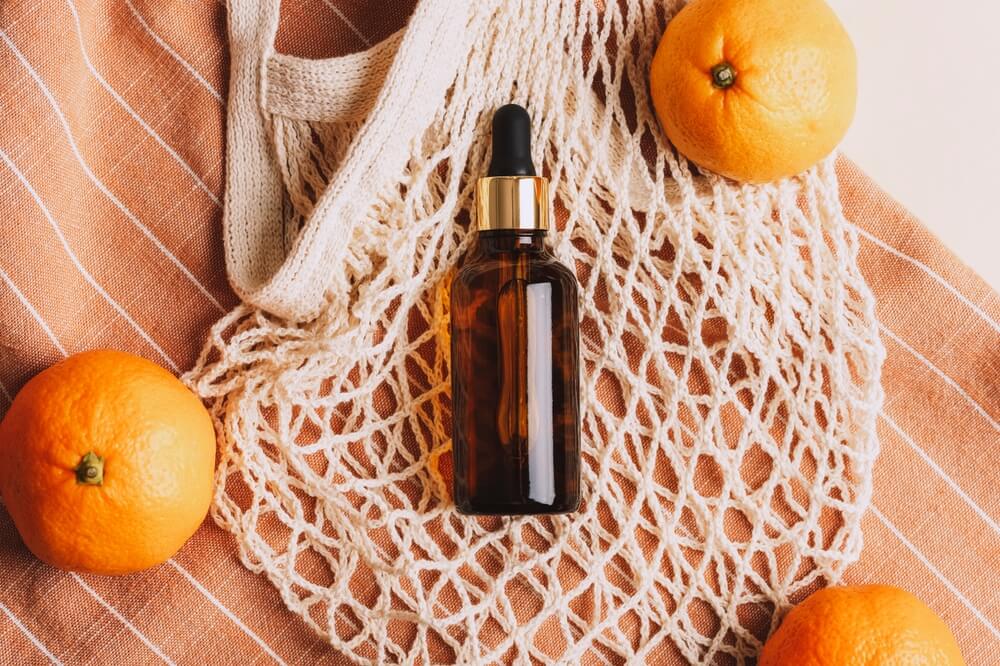
As mentioned, clean beauty isn’t solely about using ingredients that are good for the skin. It also relates to the environmental impact that those ingredients and products have.
This wasn’t something that beauty brands used to spend too much time worrying about. However, the clean beauty movement meant that consumers started to ask questions about the environmental sustainability of the ingredients and products that they were using. They began to favor environmentally-friendly products over those that could potentially cause environmental damage. This meant that, once again, beauty brands had to pick up the pace to keep up.
From the ethical sourcing of ingredients to recyclable packaging, consumers now have much higher environmental expectations when it comes to their beauty purchases. It’s clear to see how widespread this has become. There are now so many more packaging options out there. From recycled and reusable plastic and glass to sustainable cardboard with eco-friendly inks, these choices allow people to rest assured that their beauty purchases aren’t causing more harm to an already damaged environment.
The Problem With Clean Beauty
Unfortunately, when it comes to clean beauty, it’s not all sunshine and roses. Sure, at first, the concept may seem to really meet the mark. After all, why would you want to put toxic ingredients onto your skin and into the environment when there are better alternatives out there?
However, the clean beauty trend falls short in a few areas…
Natural Skincare Isn’t Always Better
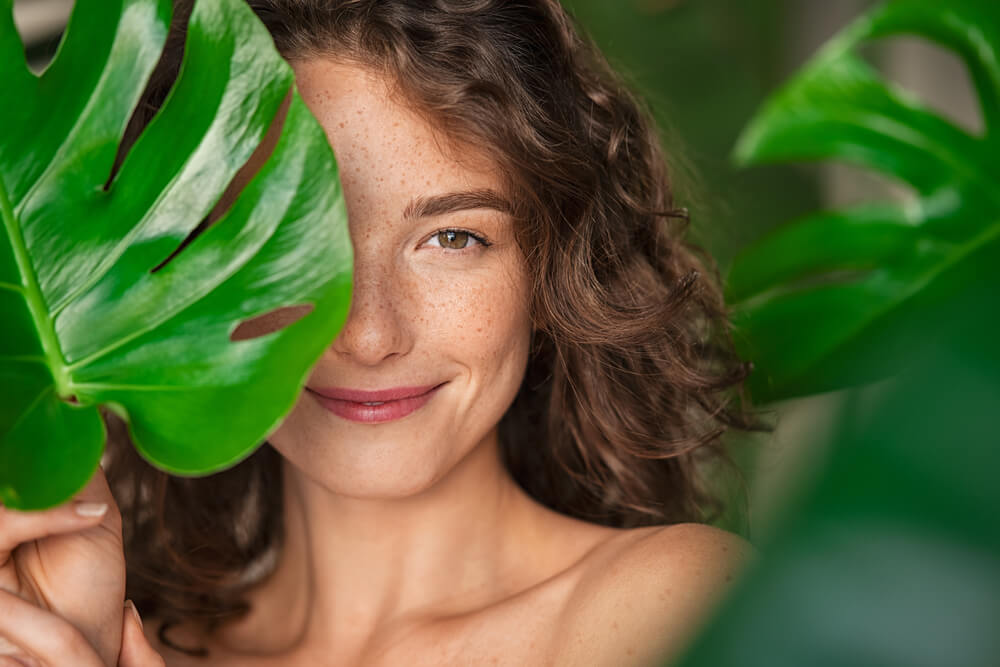
For many people, clean beauty means only using products that contain natural ingredients. However, this isn’t always beneficial for the skin, or the environment…
Many natural ingredients are harvested in an unethical way. Sure, this may enable you to use natural skincare products, but is this really such a boon if those ingredients have been produced unsustainably, or have been harvested using unethical labor or poor working conditions?
Take palm oil production, for example. It’s one of the main culprits when it comes to deforestation, destroying some of the most biodiverse forests in the world. It may be a natural ingredient, but that doesn’t automatically make it a good choice.
That said, the solution isn’t as simple as switching to a different oil source instead. Whether it may be coconut, soybean, rapeseed, or anything else, most of these crops require even more land and resources than palm oil. Intensively growing any of them and then shipping them across the world isn’t going to be doing the environment any favors.
And then you have ingredients like squalane. It’s a superstar at balancing the skin’s moisture levels. It’s a lipid that the skin produces naturally, and can also be found in many plants. However, much of the squalane used in the beauty industry comes from the liver of sharks. It’s still technically a natural ingredient, but obtaining it causes environmental harm. Thankfully, there are synthetic versions of the ingredient out there. With that said, many clean beauty fans would still shun these due to the fact that they haven’t been produced naturally.
Cleanwashing
It’s not just the beauty industry that has seen a rise in environmental awareness. Consumers are now trying to make greener choices in other aspects of life too. As a result, in order to appeal to the evolving market, many companies have placed a huge focus on marketing their eco-friendly credentials. They make them sound much more impressive than they actually are.
Known as greenwashing, this marketing spin is deceptive and misleading. Unfortunately, it has been spilling over into the clean beauty movement too.
As mentioned earlier, the clean beauty concept is unregulated. Even terms like ‘natural’, ‘sustainable’, and ‘renewable’, aren’t regulated in a legal sense. This means that brands are free to use these terms whenever they want. They can do so even if they don’t necessarily hold true in the way that consumers would expect.
This makes ‘clean beauty’ a very ambiguous term. Each beauty brand defines it in its own way. What one brand classifies as clean beauty could be very different from the clean beauty standards that another brand adheres to.
What makes things even trickier is that the idea of ‘clean’ ingredients differs hugely depending on where in the world you’re based. For example, in the EU, there are 1300 ingredients that have been banned from cosmetic products. It goes without saying that those ingredients wouldn’t be considered ‘clean’. However, in the USA, there are only around 30 banned cosmetic ingredients. Therefore, what may be considered ‘clean’ by an American brand could be viewed as the opposite by European consumers.
What Clean Beauty Means at Introstem
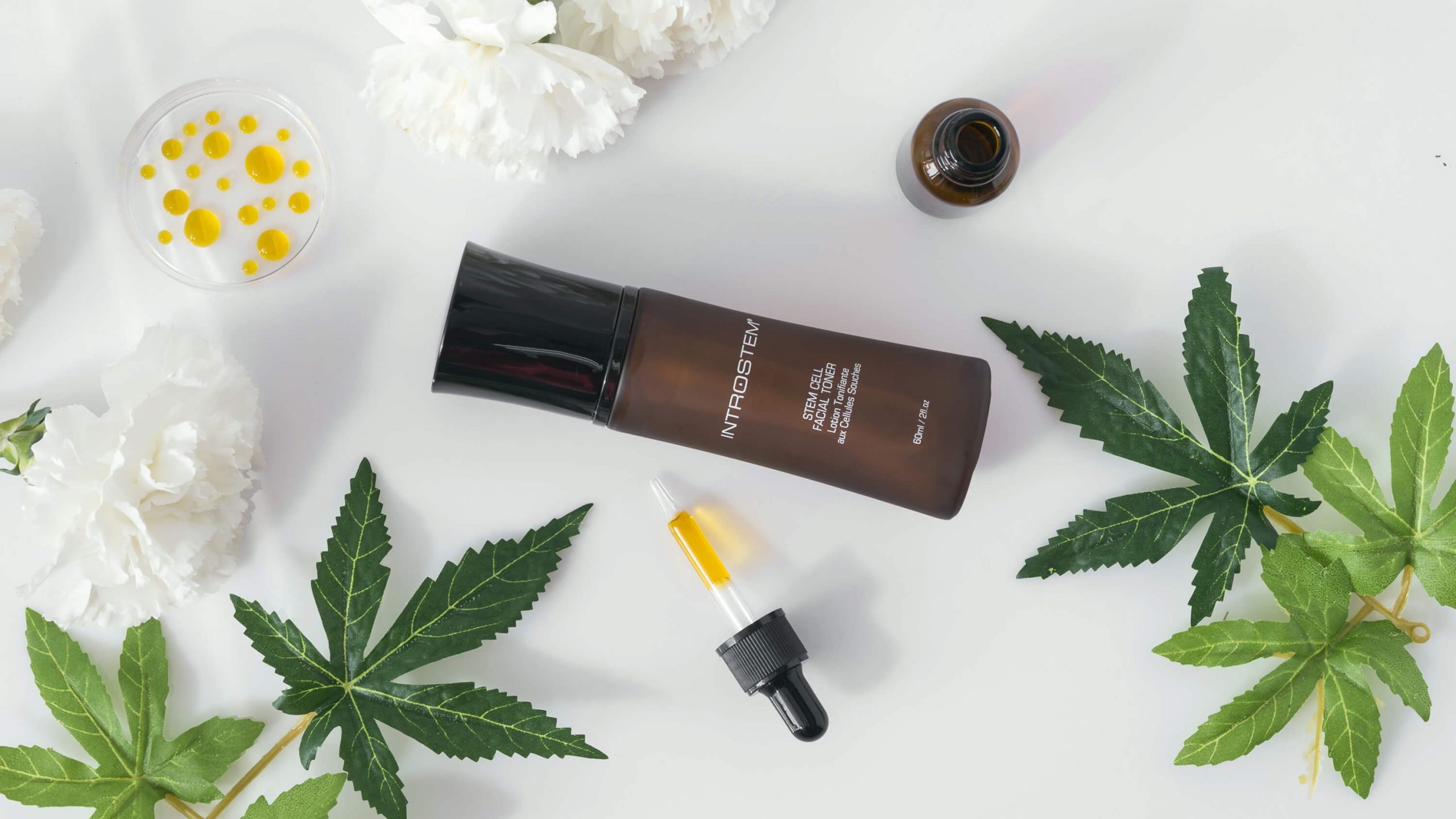
Although the clean beauty trend undoubtedly has some merit, it comes with many shortfalls too. It’s clear to see that clean beauty products aren’t necessarily always the best choice. Instead, it falls on you as the consumer to scrutinize each product you purchase. You’re ultimately responsible for ensuring that it falls within your own expectations and standards.
At Introstem, all of our products are held to very high standards. You’ll find several organic natural ingredients in our products – our Stem Cell Facial Toner, for example, is full of organic botanicals.
However, this doesn’t mean that we shy away from synthetic ingredients either. Some of the best and most effective skincare ingredients out there are synthetically produced, and this isn’t a bad thing. It ensures consistency and stability across the board, enabling us to create targeted formulas that really do work. Plus, in many cases, it’s much more sustainable to produce certain ingredients sustainably than it would be to harvest them from their natural environment.
That said, we steer clear of harmful ingredients in our formulas. You won’t find any parabens in our products. Instead, we use alternatives that are much kinder to the skin, as well as to the environment.
You’ll also notice that Introstem products come in recyclable packaging. This is something that’s very important to us, as well as to our consumers. With the world’s landfills already growing at an uncontrollable rate, this isn’t a problem that we want to be adding to!
Of course, none of our products have been tested on animals either. It simply isn’t necessary in this day and age – there are so many better and more effective testing methods out there.
Summary
As you can see, the clean beauty trend isn’t all it’s cracked up to be. There’s no denying the initial appeal that it can have, but dive a little deeper and you’ll notice that, just like every other beauty movement, clean beauty has its downsides too.
There’s nothing wrong with wanting to make sustainable choices when it comes to the beauty products that you buy. However, don’t trust a product just because it claims to embrace the clean beauty trend. Instead, do your homework on the ingredients that have been used, as well as the brand behind it. Find a product that does what you need it to do without causing a negative environmental impact and you’ll be on to a winner.
Click here to explore Introstem’s bestselling skincare products.

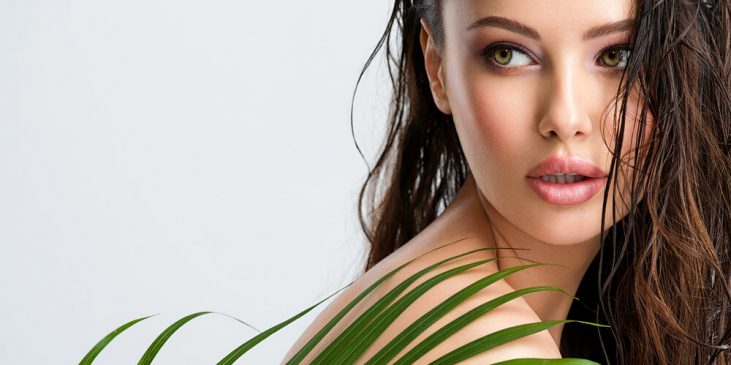

0 comments on “The Rise of Clean Beauty: Understanding the Trend”